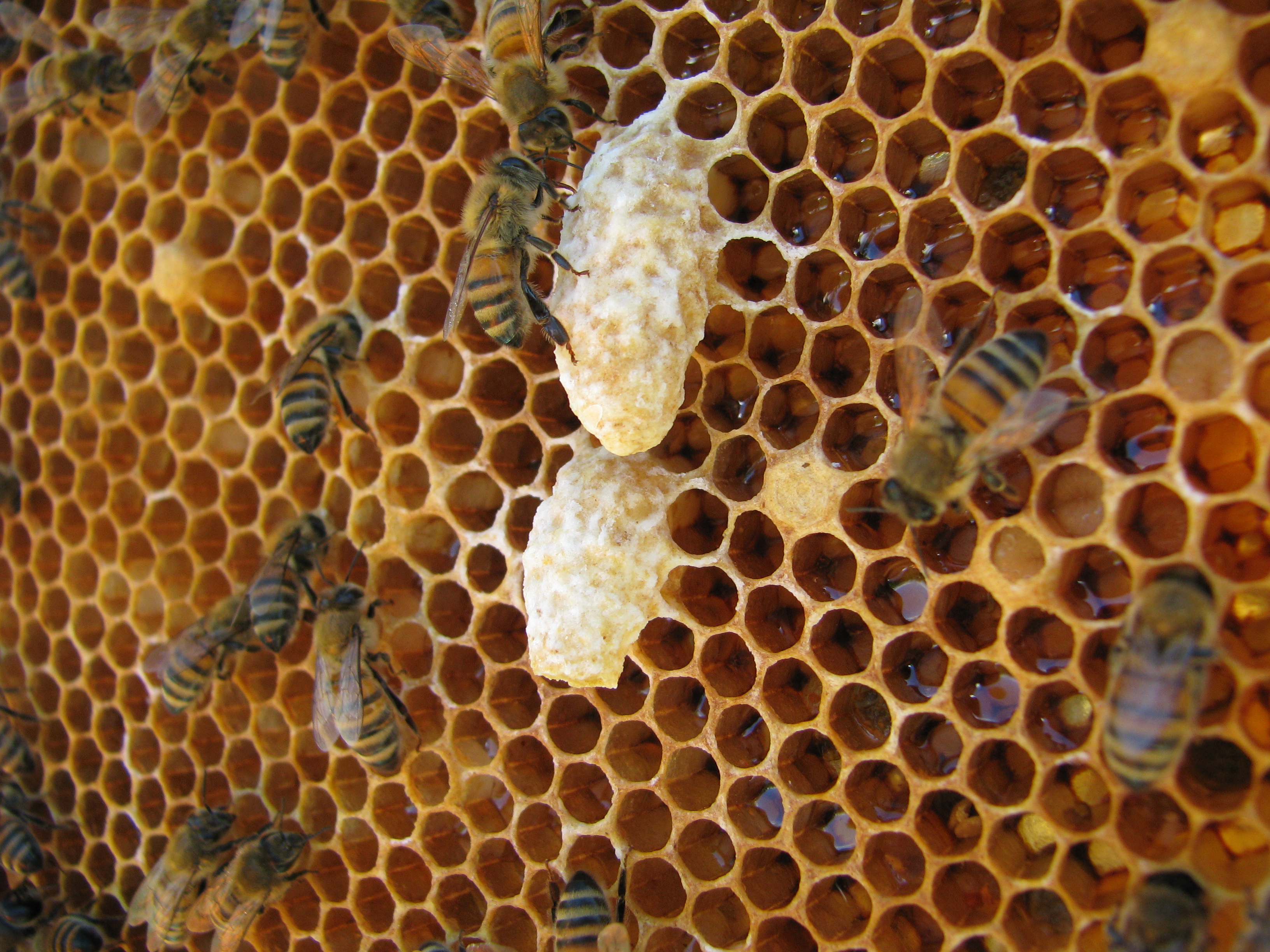This is my spring break week. But, as I'm a graduate student in addition to a teacher, I have been working. So, I've kept to some of my routines. One of those is early mornings. Sure, I take naps (N is tomorrow, and I could wax on and on about naps), but I'm trying to keep to roughly the same morning schedule. As I'm married to someone who isn't a teacher, I have extra incentive.
My plan was to get a shower after Eric left for work around 6 a.m., and go to the local Starbucks for coffee and writing time. I have a draft of a paper due tomorrow, and I've spent the last two days reading, thinking, and researching. Once Eric left around 6, I figured I could get myself together and be productive by 6:30 or 6:45.
 |
My morning plan did not
include a yogurt container
in the cup holder... |
That's not quite what happened. Instead of sitting at the local Starbucks, I found myself driving this yogurt container to a Civil War battlefield near my house at around 6:45.
This morning, Eric got up around 5, and I stayed in bed with the cats while he showered.
Abi likes to spend a little time letting me know he's happy to be alive by yelling and purring at me, and I like to indulge us both before I get up to feed him. Once he was fed, I got some things together for Eric's lunch, and saw him off. So far, all was going according to plan, and I went upstairs to get a shower.
When I went into the bathroom, I noticed
Penny lurking near the door of the office and extra bedroom. Our split-level house is pretty compact upstairs; almost everything is line-of-sight up there. Abi hadn't finished his food, which we keep in the office behind a baby gate that Penny doesn't seem to know how to jump. She will sometimes sit in front of it, so I didn't think much of it, until she started flipping out and diving around. To my surprise, when she calmed down and turned around, I realize what she was playing with had been the live mouse she had in her mouth.
Standing naked in my bathroom and watching my 13 year old cat walk by carrying the live mouse she just caught was not in plans. Suddenly, I went from calm, competent teacher/graduate student/adult to squealing child. I honestly didn't know what to do. All I knew was that if Penny dropped that mouse in the kitchen, it would go under the stove and we'd lose it.
That's happened before--before Penny came to live with us, Abi once caught a mousy "toy" and brought it upstairs to play. We had to set a live trap to capture that very clever mouse, and I learned then that dumping a mouse within running distance of the house would result in a replay of the action a couple of days later.
Penny, who like Abi has never known hunger or life as a stray, clearly has the hunting instinct, but not the killing instinct. She wasn't interested in this mouse as a meal. This mouse was just the coolest, most interactive toy she ever discovered. She strolled right past me, took her new toy downstairs to an open space in the living room, and put it down. The mouse, sensing its chance, took off, and the chase was on.
While I tried to figure out what to do, she caught it and let it go a couple of times. It wasn't until it ran behind a nightstand near the door that I thought to call Eric and tell him what was going on. Penny had the mouse cornered there, and I had a moment to think. Eric suggested that if I wanted to get the mouse out of the house, I'd have to catch it and release it somewhere.
So, I helped Penny by moving the nightstand, and she handily caught the mouse, brought it back to the open space in the living room, and dropped it again. This time, it went under a bookshelf, which I had to move, and Penny retrieved her mouse as the other cats watched the show.
 |
The teeny mouse waits,
safe in its container,
just before I let it out in a
National Park Service field. |
When she brought the mouse into the kitchen, I got a yogurt container and lid. She dropped the mouse on the kitchen floor between her and Abi, who sniffed at it. Penny reacquired it to move it back to the center of the floor, and I leaned over it and encouraged the terrified rodent into the container and snapped it shut. Using a kitchen knife, I cut a couple of holes into the lid while Penny scoured the kitchen floor, looking for her lost mouse. She's a terrific mouser, but not a very deep thinker--the container-mouse connection eluded her.
I did get that shower, and the mouse container stayed safe from the cats in the bathroom sink and on top of the dresser as I got ready to leave.
 |
| The mouse cautiously investigates. |
I drove the mouse to the nearby battlefield, got out of the car, and took a couple of photos as I sent it on its way. It was understandably a little hesitant to come out of the container at first, but quickly bounded through the rain, into the tall grass, and to its fate.
As I turned to get back into the car, I saw an NPS truck had pulled into the lot and was watching me. I waved, got into my car, and drove off to get breakfast at Cracker Barrel before going back home.
I never did get to Starbucks until the time I was supposed to meet up with a friend to peer review. Some mornings require new plans.








































